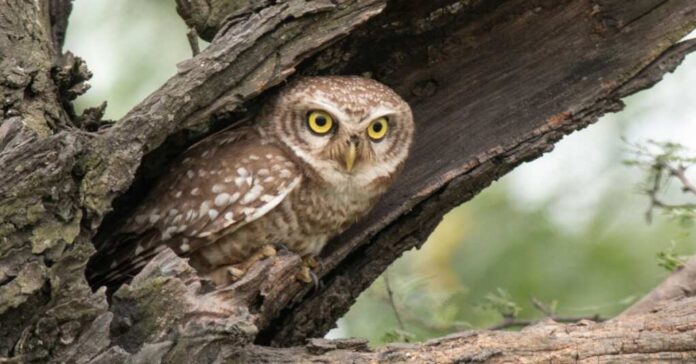
It’s rare to announce the federal government got something right, but this time, they nailed it perfectly. Pissing off liberals and environmentalists soundly, their end-of-March announcement to save the endangered northern spotted owl came with a unique twist. Instead of capturing them and placing them all in zoos or wildlife care centers, they announced the plans to eliminate the barred owls.
The barred owl is an invasive bird with a flexible habitat and is found throughout North America. Meanwhile, the northern spotted owl and the California spotted owl only make their home from northern California through southwest British Colombia. In essence, California, Oregon, Washington, and British Columbia are the only areas the spotted owl calls home. So, the introduction of the barred owl, in turn, limits their prey opportunities.
Already endangered, the spotted owl has multiple problems caused by the spread of the barred owl. With interspecies breeding between the two possible, they are simply being bred out by these invasive birds. According to Smithsonian Magazine, their population has plummeted by 75% in the last two decades per figures from the US Fish and Wildlife Service. In its place, the barred owl has, in turn, thrived.
While liberals and animal rights activists proclaim that this decision will lead to people shooting the wrong owls by mistake, the Feds remain firm in their decision. Then again, they also clarified that the primary purpose isn’t just the hunting of these birds. It’s also the removal of them from the spotted owl’s territory and relocating them to places that are better suited for their growth.
Tom Wheeler, executive director of the Environmental Protection Information Center, explained the situation perfectly. “We have a functional choice, which is the extinction of one species, or we could have both species continue to exist on the landscape.”
